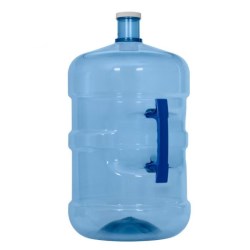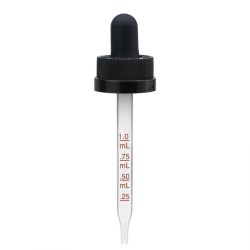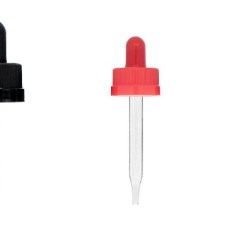Public
Dempsey International Packaging
Dempsey International Packaging Videos
Raptor Packaging Catalog
Raptor Packaging Locations
Raptor Packaging News
If this is your company, CONTACT US to activate Packbase™ software to build your portal.
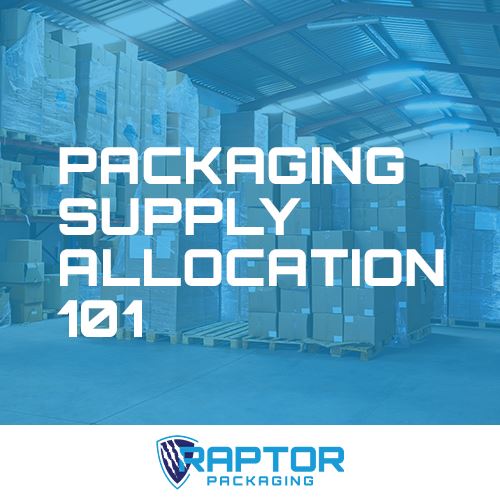

Over the past several days, many suppliers within the packaging industry have announced implementation of structured supply allocations.
Three drivers affect the supply chain: 1) immediate demand for hand sanitizer and surface cleaners. 2) A shift from wholesale (restaurants) to retail packaging. 3) the ripple effect of the long lead-times causing companies to increase inventories based on the unknown future. Allocation is a secondary result of these areas, especially the hand sanitizer packaging surge that started in March and has continued now into the summer.
As we reported before, the packaging industry was not prepared to take on that amount of new demand in such a short period of time and any and all available latent capacity was consumed. Manufacturers were also forced to navigate shifting from one manufacturing platform to another (small versus big bottles) to accommodate specific market needs. Most domestic suppliers went into an oversold state with extremely long leads times and in some cases outright refusal to accept new customers and new orders.
The hand sanitizer market now seems to have stabilized, but what is left in its wake is a supply chain that is crippled and broken. As suppliers seek to normalize their business and maintain market positioning, they are finding themselves in the very uncomfortable position of not being able to meet their normal demand and to service all of their customers’ needs. Many suppliers find themselves unable to react to both increased and shifting demand given that many run close to 90% machine utilization in normal market conditions. Adding capacity is costly and must be calculated around whether the demand will continue into the future.
Suppliers by and large never like to move to an allocation supply model; it creates significant stress for both the supplier and their customers and brings a tremendous amount of tension into the relationship. Customers that could depend on supply are finding themselves in very uncomfortable and precarious positions with suppliers being forced to choose one customer over another—this leaves future prospects challenging and uncertain.
The rules of allocation vary from one organization to the next, but they typically follow normal business practice with supply agreements, profitability and the strategic importance of the account used to make allocation decisions. Direct customers and large consumer packaged goods companies typically get the majority of the supply with large resellers and distributors next on the list. Subsequent secondary allocation that follows utilizes similar considerations. Many professional supply chain managers overlook this fact, instead trying to consolidate their supply chain to drive price. When markets change, many have found out how big of a mistake consolidation is.
If you have a supply agreement in place, consider yourself fortunate and smart. Hopefully the contract contains provisions for allocation that are manageable and you’re given enough notification to seek secondary supply options—just make sure to read the small print.
In the event you do not have a supply agreement, you may be in for some significant challenges. Decisions will be made as to how to handle all business; today these decisions are made in the board room and rarely with the super salesman you have the relationship with at ground level. Understand that in most instances all contracts must be satisfied before non-contract business can be serviced. In the event there is non-contract supply available, expect your business to be measured on its profitability and overall strategic importance. Now is not the time to be the lowest cost buyer. While you shouldn’t be asked or expected to pay a premium, suppliers are under no obligation to maintain low margin transactional business and often use times like this to top grade portfolios .
In the event you find yourself in an allocation situation, you need to have a solid back-up plan, and ideally a secondary source of supply. Spreading your business across multiple suppliers can be challenging to manage, but having at least two qualified, regular suppliers for your most critical items is a sound business practice. Having a partner that values you and your business and has the depth and knowledge to help you navigate these turbulent times is critical. Now is not the time to take chances with your business as it will be survival of the fittest.
For any questions related to supply allocation, our knowledgeable team at Dempsey International Packaging is available as a resource to you. Simply email info@dempseyinternational.com to get in touch.
Authored by: Todd Caron, VP of Business Development at Raptor Packaging & Dempsey International Packaging
Todd’s exceptional, proven background in the packaging industry has given him in-depth insight to the packaging world, setting him apart as a thought leader and packaging expert. As VP of Business Development he handles sales and market development for the West Coast and Northwest regions of the United States.


.jpg)

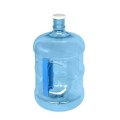

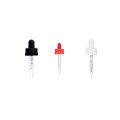



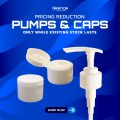
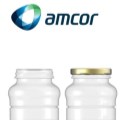























.jpg)


